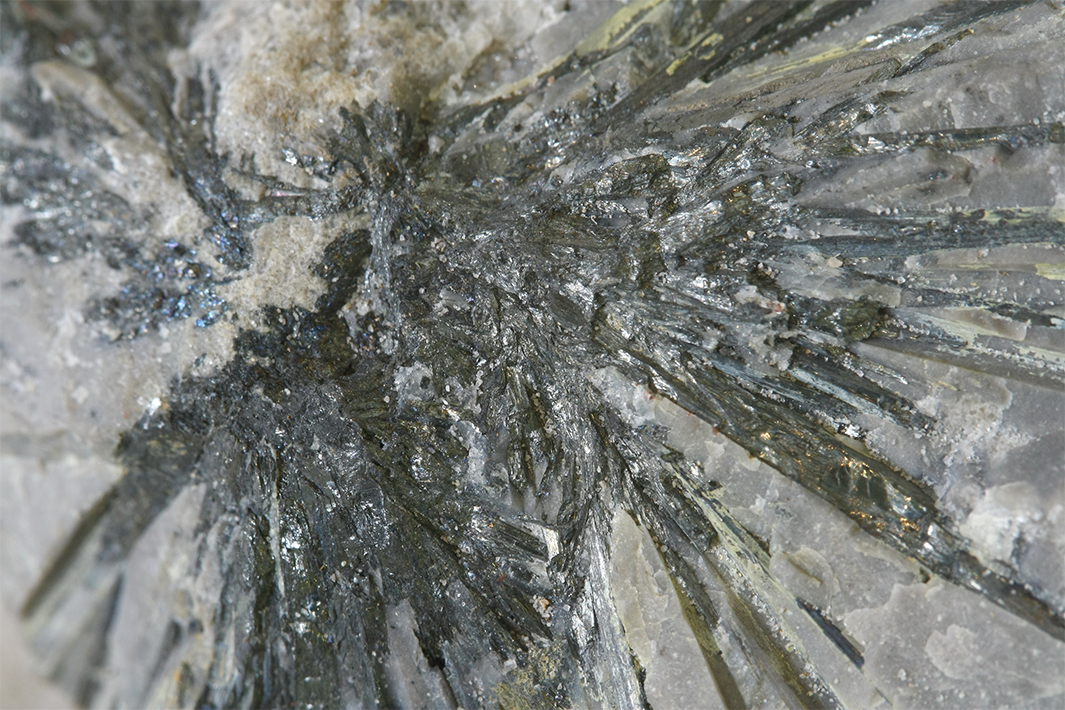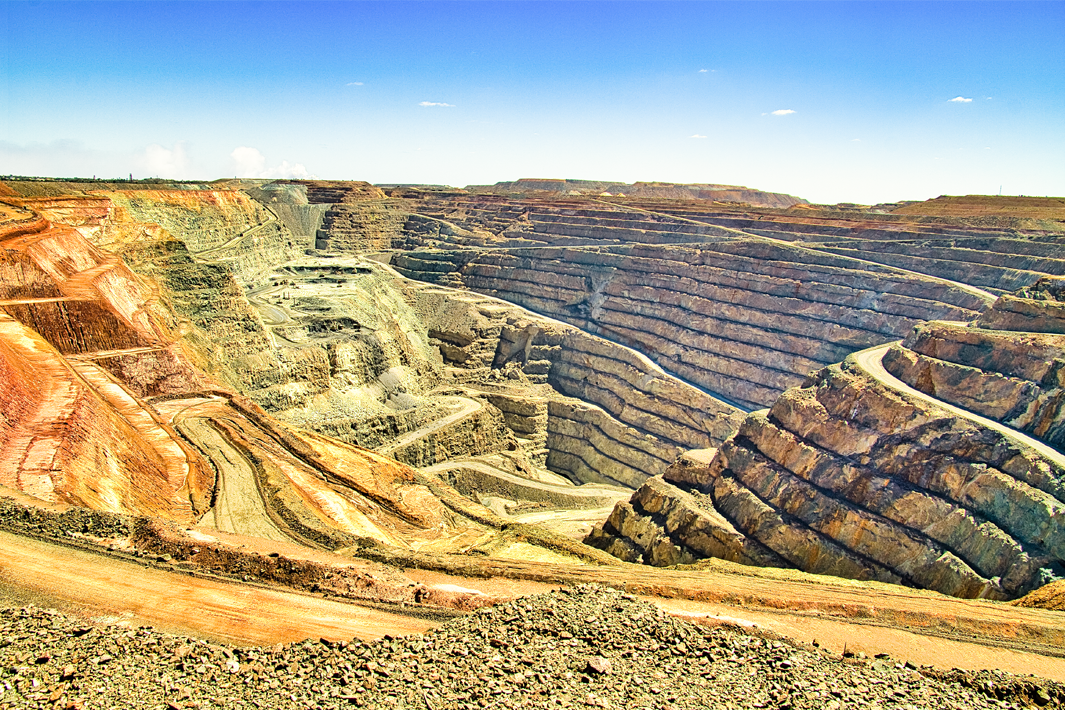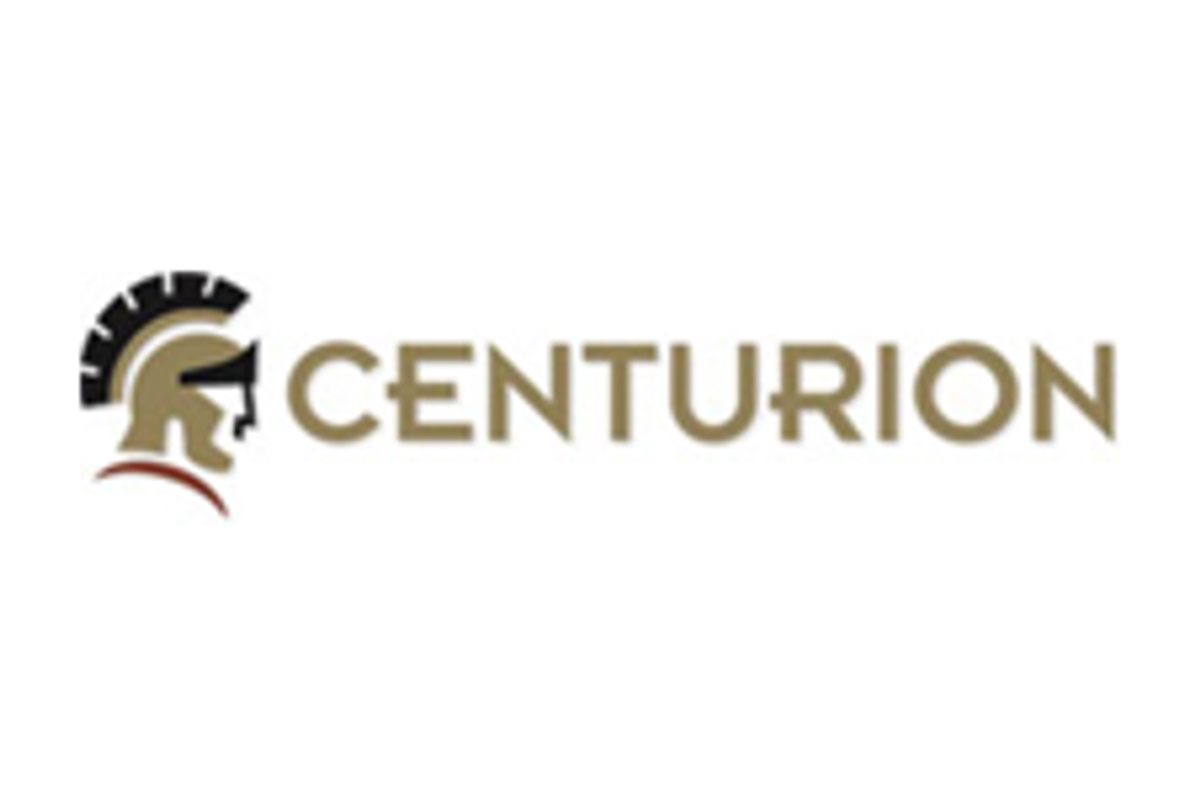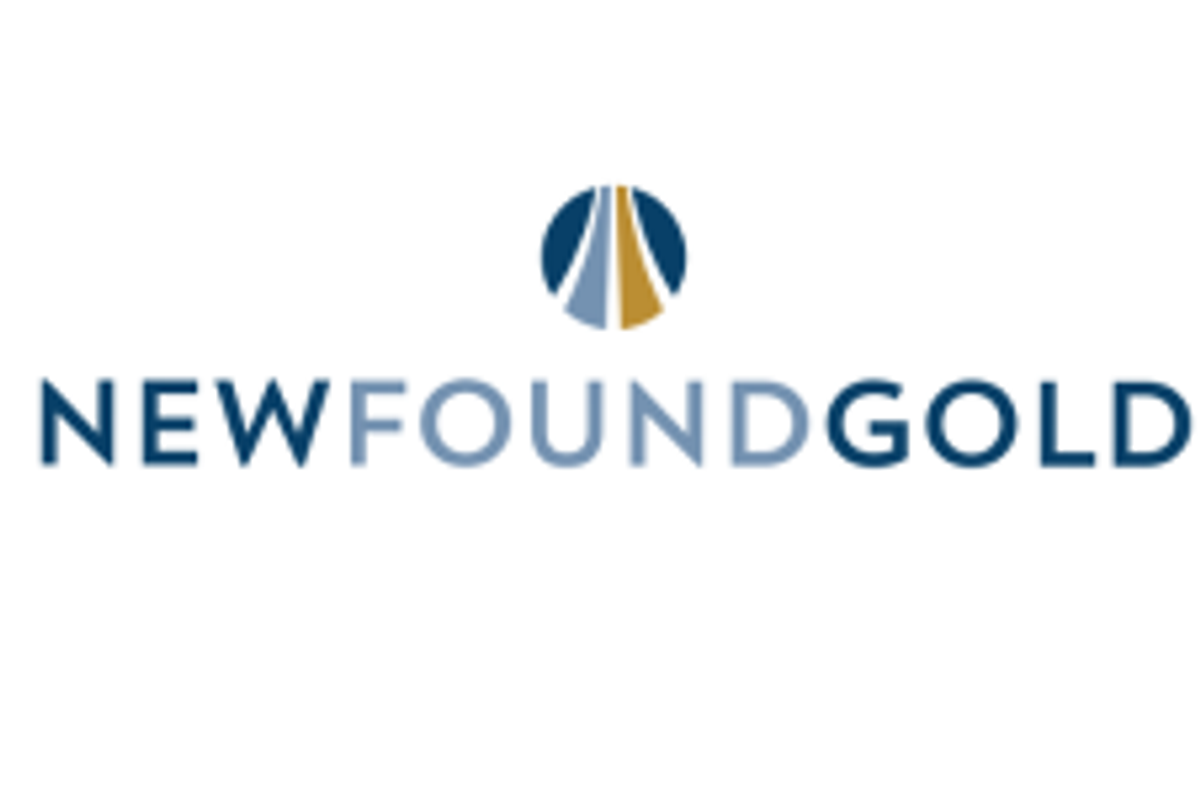
May 12, 2024
Horizon Minerals Limited (ASX: HRZ) (“Horizon” or “the Company”) is pleased to announce that it has entered into a binding Toll Milling Agreement (“TMA”) with FMR Investments Pty Ltd (“FMR”) to treat 200kt of Horizon ore from the Cannon underground project, or other deposit, commencing in the December 2024 Quarter.
HIGHLIGHTS
- Binding TMA has been executed with FMR, which owns the Greenfields Mill located northeast of Coolgardie and 30km southwest of Kalgoorlie-Boulder in WA
- Horizon will arrange contract mining and hauling of ore from Cannon for ore processing at FMR’s 1.0Mtpa Greenfields Mill, located ~67km by road from the Cannon Project
- An agreed 200kt of ore will be processed over a period of eight months, commencing in the December 2024 Quarter
- The TMA contains competitive ore treatment rates with the payment structure as follows:
- Horizon is responsible for delivery of each stockpile to the Greenfields Mill ROM near Coolgardie
- Payment of processing costs must be made before the value of the processed and refined gold at the Perth Mint is transferred from FMR’s metal account to Horizon
- If the delivery schedule is missed Horizon will forfeit its allocated tonnes for that month and from the overall 200kt allocation
- An Ore Reserve for Cannon has already been established including forecast economics for the ore to be processed via a Toll Milling Agreement 1
- Cannon is fully environmentally permitted (with last mining in 2017) with pre-production activities are already underway, including dewatering of the open pit in preparation for underground mining
- The TMA has flexibility that Horizon can treat Horizon ore other than Cannon, including Horizon’s own current resources or those acquired through the proposed merger with Greenstone Resources Limited, provided sufficient notice is provided to FMR
Commenting on the toll milling agreement, Chief Executive Officer Mr Grant Haywood said: 2
“We are very pleased to have converted our 200,000 tonne allocation with FMR into a formal Toll Milling Agreement, and look forward to working closely with them as ore deliveries will commence later this calendar year. This agreement is in addition to our 1.4Mt ore sale agreement with Paddington announced a week ago. Together this will see us generating cash flow from two fronts in this fantastic gold price environment before the end of 2024.”
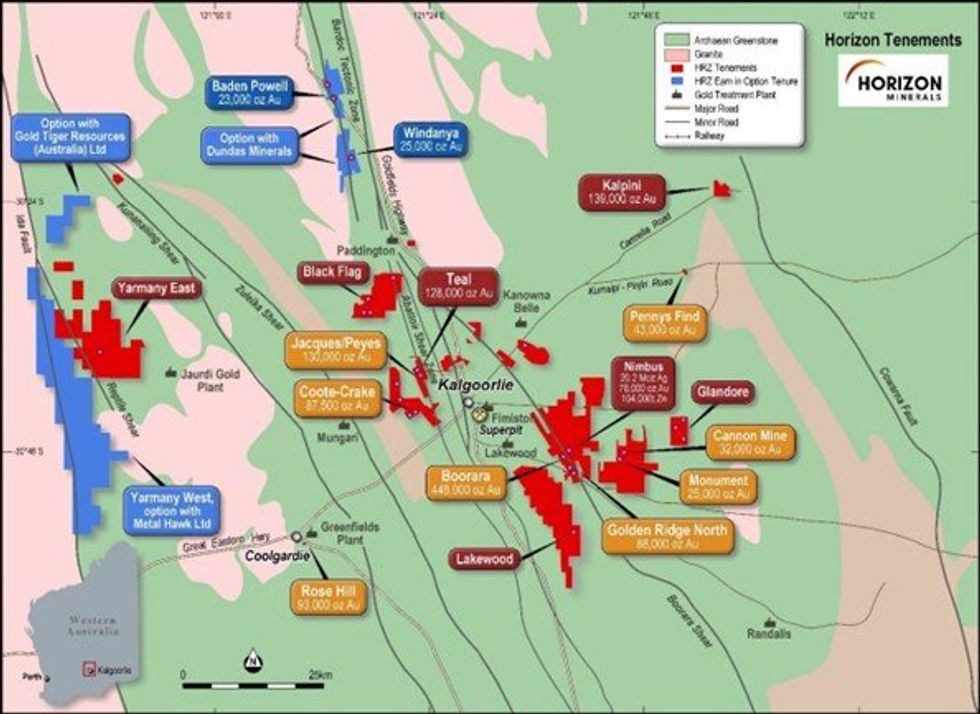
Next Steps 1
- AMC Consultants has been engaged and undertaken a review of the Cannon Ore Reserve and will progress the revised key financial outcomes for the June 2024 Quarter
- Finalise engagement with underground mining and haulage contractors to finalise tenders for Cannon
- Complete the proposed merger with Greenstone Resources to enhance the long-term production profile with development ready high-grade projects
Click here for the full ASX Release
This article includes content from Horizon Minerals Limited, licensed for the purpose of publishing on Investing News Australia. This article does not constitute financial product advice. It is your responsibility to perform proper due diligence before acting upon any information provided here. Please refer to our full disclaimer here.

Sign up to get your FREE
Horizon Minerals Investor Kit
and hear about exciting investment opportunities.
- Corporate info
- Insights
- Growth strategies
- Upcoming projects
GET YOUR FREE INVESTOR KIT
The Conversation (0)
21 August 2025
Horizon Minerals
Emerging stand-alone gold producer in Western Australia
Emerging stand-alone gold producer in Western Australia Keep Reading...
31 December 2025
Utah’s Antimony Resource: A Strategic Investment Play in Critical Minerals
Utah may be best known for its copper and gold legacy, but hidden beneath its rugged terrain lies one of the most overlooked critical mineral opportunities in the US: antimony. With global supply heavily concentrated in China and export restrictions tightening, Utah’s underexplored antimony... Keep Reading...
30 December 2025
Hidden Gem: How Intrusion-related Gold Deposits Could Fuel Next-generation Discoveries
With the gold price continuing to hover near all-time highs and major producers scouring the globe for new large-scale deposits, one type of gold system is emerging as a potential game changer. Intrusion-related gold systems (IRGS) have already yielded multimillion-ounce mines, like Kinross... Keep Reading...
30 December 2025
Finding Gold: Exploring New Zealand’s Next Big Discovery
Despite its rich mining legacy, New Zealand remains one of the most underexplored frontiers for gold in the developed world. Now, with advanced exploration tools and a new generation of explorers, the country is emerging as a hotbed of untapped investment opportunity.Modern exploration... Keep Reading...
Latest News

Sign up to get your FREE
Horizon Minerals Investor Kit
and hear about exciting investment opportunities.
- Corporate info
- Insights
- Growth strategies
- Upcoming projects
GET YOUR FREE INVESTOR KIT
Interactive Chart
Latest Press Releases
Westport Announces Board of Directors Update
02 January
Related News
TOP STOCKS
American Battery4.030.24
Aion Therapeutic0.10-0.01
Cybin Corp2.140.00

